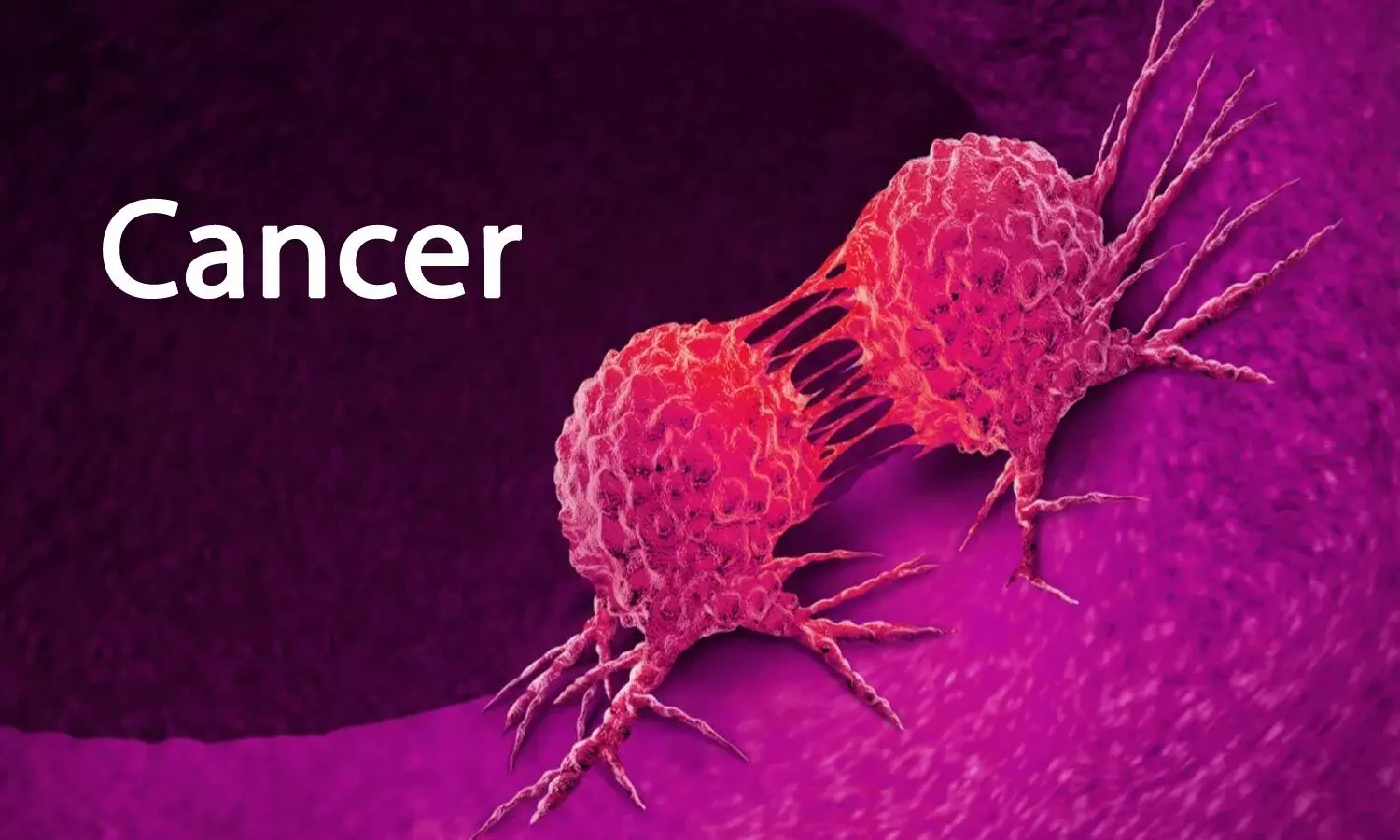World is facing an epidemic of non-communicable diseases and cancer is responsible for 21% of non-communicable disease deaths. Recently, the world cancer burden has risen to 18.1 million cases and 9.6 million cancer deaths per year. There is an alarming rise of cancer and cancer related deaths in Ladakh region as well and is due to the fact that majority of the risk factors are prevalent in this region. Cancer of Stomach (42.12%) is the most common cancer in both Males and females, in both Kargil and Leh districts of Ladakh region.
In Kargil Ladakh, stomach cancer is followed by Lung cancer and Liver cancer in males. In females, it is followed by cancer of the Gall-Bladder, Breast and Ovaries. Gastro-intestinal malignancies arethe commonest malignancies including cancer of Oesophagus, Colon and Rectum and together accounted for half (51.35%) of all the cancers.
- Common Cancer Cases in Ladakh
The top ten most common cancers in descending order in Kargil Ladakh are stomach, lung, liver, esophagus,rectum, urinary bladder, gall-bladder, brain, colon, and testicular cancers in males and stomach,Ovary,gall-bladder,breast, esophagus, ovary, liver, pancreas,
lung ,cervix and thyroid cancer in females. More and more cases of cancer of various organs are being diagnosed during the last 3 decades in Ladakh due to improved health care delivery system in the region.
- Risk Factors in Ladakh
Rough terrain, high altitude with hypoxic conditions, exposure to high UV rays, unique food habits of the region, peculiar culture and life-styles and high prevalence of Hepatitis B infections (8.3%) in the region are the various prevalent risk factors.
In Ladakh, the most important specific food habit is the excessive consumption of large quantities (>5-10cups/day) of butter tea or Gurgur tea.
The sodium bicarbonate (soda) and common salt (Nacl) in it are well-known irritants of gastric epithelium and have been considered as risk factor for gastric cancer. Salt-tea showed the formation of high amount of N-nitroso pipe-colic acid with several unidentified non-volatile N-nitroso compounds on nitration of green tea extracts, which all are irritants to the gastric mucosa.
High consumption of Red-fatty Meat, fewer intakes of fresh fruits and vegetables for almost 6 months (November-April), excess intake of dry, raw food stuffs, stored meats, stored tinned food items, besides traditional spicy foods and pickles; especially
in winter; are the other worrisome risk factors of the area.
All these traditional food habits are the risk factors for Gastro-Esophageal and many other varieties of cancer. Fresh vegetables and fruits are considered to be probable protective factors and other food habits like high rice intake, pickled food, spicy food, smoked, dried, salted meat, use of soda etc. are the significant dietary risk factors of cancer. Another risk-factor in Ladakh is the high colonization of H.Pylori in this population. There might be complex interaction between dietary and life-style related factors, H.Pylori infection with certain strain types, in presence of genetic polymorphism, along with
heightened inflammatory response that may produce a cascade of changes at molecular level and ultimately cancer cells of the stomach. H.Pylori strains from Ladakh are genetically distinct and possibly less virulent than the isolates from East-Asian countries, such as china and Japan where the prevalence of gastric cancer are very high. In my research study, “High Incidence of Gastric Cancer in Kargil Ladakh”, which has been published in International Journal of
Science and Research, I have studied the risk factors prevalent in Ladakh for stomach cancer in detail. High prevalence of gastritis and gastroesophageal reflux disease, again because of the above-mentioned peculiar food habits of Ladakh region are the other worrisome risk factors of stomach cancer in Ladakh.
Tobacco is an independent risk factor for Lung cancer, Stomach cancer and many other cancers like oral-cavity, Pharynx, Esophagus, Larynx, Urinary Bladder, Ovary, Colon and Rectum. The high incidence of Liver cancer in our region is due to the fact that the prevalence of Hepatitis B virus is very high in Ladakh region.
In Kargil district, the prevalence of Hepatitis B infection is 7.86%-8.3%, where as its prevalence is 3.3-5.75 % in Leh, 1.2% in Srinagar and 2.44 in Jammu region. Chronic Hepatitis
B infection is one of the most important causes ofLiver cancer in Kargil Ladakh.
I have elaborated the risk factors of Liver cancer in depth in my study “Hepato Cellular Carcinoma in High altitude Kargil Ladakh: A Hepatitis B Virus High Endemic Zone” published in Clinical Surgery Journal. Alcohol may be carcinogenic to Esophagus, Cardia and Liver. Alcohol intake increases 3 fold the risk of cirrhosis and liver cancer.
The risk for HCC increased significantly among subjects with an alcohol intake of 50 g/day or more, with a relative risk of 1.2 for 50-99 g/day and 1.5 for > 100 g/day.
The risk factors involved in the rise of Colo-Rectal cancer in this region may be due to vanishing habit of high fibre ancestral diets like” Khulak” and “Pappa”, and increased westernization such as Obesity, Physical inactivity including less of Agrico-farming activities in modern generation, heavy metal contamination of soil, food and water, use of pesticides, dyes and artificial colouring agents (like Tartrazine), food adulteration, reuse of frying oils, increased intake of Killer foods (junk food, snacks, cold-drinks etc.) that are added with dangerous activities and adulterants.
Artificial colouring agent or dyes like Tartrazine (a known carcinogen) has been found in many edibles, spices and condiments in the area. All such trends are leading to a health catastrophe especially cancer in Ladakh.
- Is the sedentary lifestyle of the locals also becoming one of the reasons ?
Sedentary life style, physical inactivity including less of agrico-farming activities in modern generation, spending more time on mobiles, computers and spending less time on exercises, have led the population to increased risk of Obesity which is also considered to be a risk factor in the occurrence of cancer. A statistical meta-analysis from around the world found that those with an excess body mass index (over 25kg/m2) have a 1.13 odds ratio of developing cancer.
The strength of the association increased with increasing BMI. Obesity is especially strong predisposing factor for cancer, cardiovascular risks, diabetes and hypertension. Those with a diet of heavily inflammatory foods, such as a diet high in meat and low in fruits and vegetables, also have a higher risk of being obese.
I have discussed in detail my findings of risk factors of cancers in Ladakh in my study “Cancer Burden in High Altitude Kargil Ladakh: Ten Year Single Centre Descriptive Study” published in “International Journal of Cancer and Treatment”.
- How can we avoid the disease, what can be precautionary measures for an individual?
The precautionary measures for the people of Ladakh,especially young population, is to focus more on the healthy dietary habits including high fiber traditional diets, more of fruits and vegetables, less of salted tea, soda, spicy foods, pickled food, junk foods, cold drinks, less consumption of fats and meats, stored meats over long period, less consumption of too many hot beverages, regular exercise, increased physical activities, avoiding high ultraviolet rays with skin barriers, avoiding excessive exposure to mobile radiations, vaccination against hepatitis B and last but not the least, avoiding high risk factors like smoking and alcohol.
- Challenges faced due to lack of data and research
Due to non-existence of Population or Hospital based cancer registry or any other cancer related study, no previous data of magnitude of this dreaded disease was available. It was also very disheartening to see people die of cancers as young as 30 years, in Ladakh.
Hence the above comprehensive studies of cancers specific to this geographic region were carried out by me, at District Hospital Kargil over a period of 10 year (April 2009-April 2019),so that people of the region becomes aware of the disease. It was necessary to measure the burden of cancers in the area to ensure well informed policies on management and prioritization of resource allocation as majority of the risk factors of cancer are prevalent in this Cancer endemic zone.
- Are people aware of the diseases and its early symptoms ?
A significant percentage of newly diagnosed cancers can be cured. Cancer is more treatable when detected early.
Although some cancers develop completely without symptoms, the disease can be particularly devastating if you ignore symptoms because you do not think that these symptoms might represent cancer.
Lack of awareness among the people about the disease is a cause of concern.
Some common sign and symptoms that may occur with cancer and may need further investigation are as follows:
-Persistent cough or blood-tinged saliva.
-Any significant change in bowel habits.
-Blood in the stool
-Unexplained anaemia
-Breast lump or breast discharge Lumps in the testicles/Undescended testis presenting late
-A change in urinary symptoms
-Blood in the urine
-Hoarseness of voice
-Persistent lumps or swollen glands
-Obvious change in a wart or a mole/swelling
-.Indigestion or difficulty swallowing
-.Unusual vaginal bleeding or discharge
-Nonspecific symptoms like Unexpected weight loss, night sweats, or loss of appetite, headache, Back Pain, pelvic pain, bloating, or indigestion
-Non-healing sores/ ulcers.
-Solutions to avoid the disease
I attribute the increase in cancer deaths to inadequate cancer- related infrastructure and lack of awareness among the people about the disease. Majority of the cancer patients in our region present late with advanced stage of disease.
There is need for urgent ass awareness programme, need for urgent screening protocol to identify patients at earlier stages of the cancer, establishment of a proper cancer registry and establishment of active cancer societies is the need of the hour to bring a wind of change in Ladakh.
Dr Sajjad Hussain, Consultant Surgeon at District Hospital Kargil UT Ladakh , has published more than 15 research papers in both national and international Journals. drsajjadms@gmail.com.






